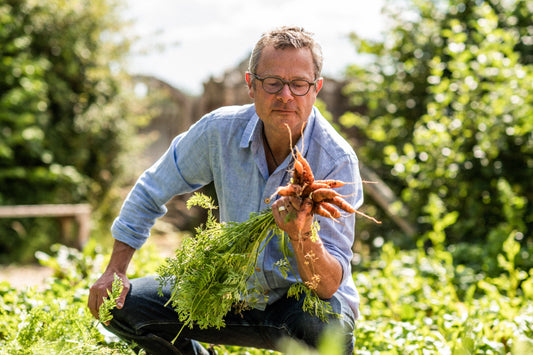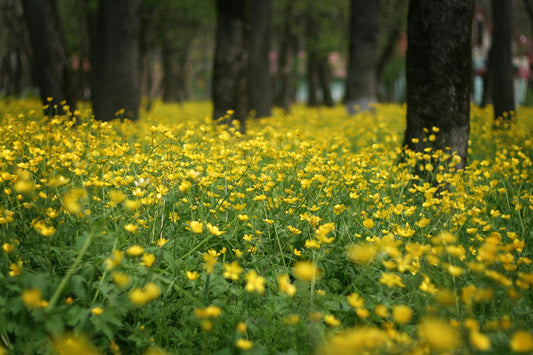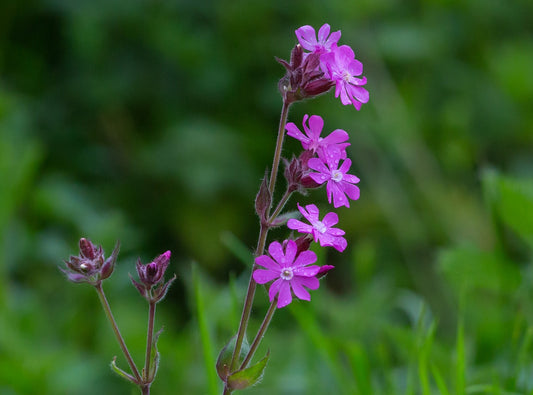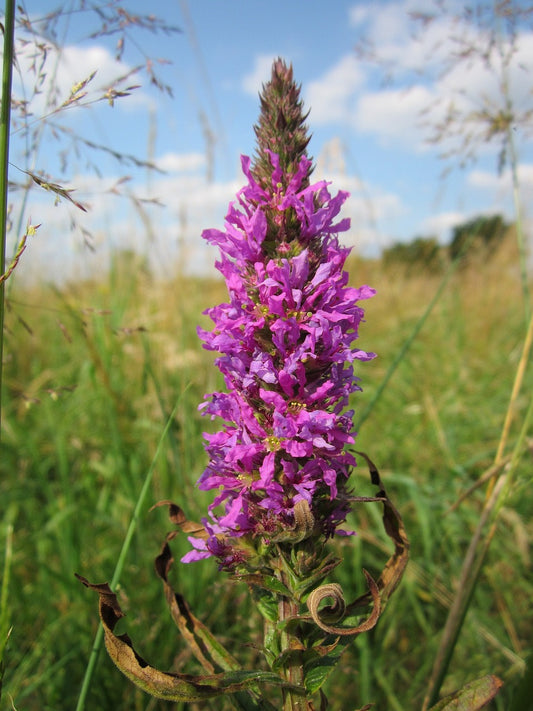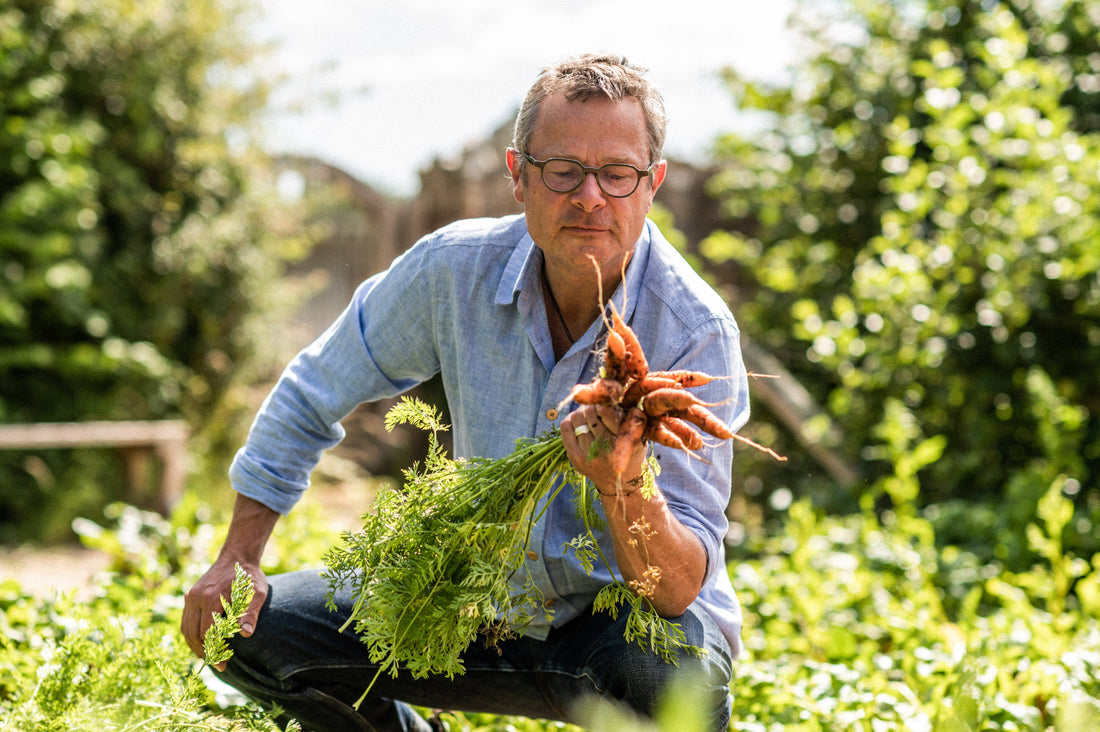
Wildflowers and Vegetables, the Perfect Companions - A Guide on Companion Planting
Using wildflowers as companion plants in vegetable gardens boosts biodiversity, attracts pollinators, deters pests, and enhances the overall health of your crops.
Why Wildflowers and Vegetables Are a Match Made in Gardening Heaven
Incorporating wildflowers into your vegetable garden isn’t just about aesthetics – it’s a smart, sustainable gardening practice. By creating a balanced ecosystem, you’re not only nurturing your crops but also contributing to a healthier planet.
The Benefits of Wildflowers in a Vegetable Garden
Wildflowers aren’t just pretty faces. Here’s what they bring to the veggie patch:
• Attract Pollinators: Bees, butterflies, and other pollinators can’t resist wildflowers. Their presence ensures your fruiting veg like tomatoes, courgettes, and peppers flourish.
• Natural Pest Control: Wildflowers attract beneficial insects like ladybirds and hoverflies, which feast on aphids and other crop-damaging pests.
• Boost Soil Health: Certain wildflowers improve soil structure and nutrient availability, giving your vegetables a better foundation to grow.
• Increased Biodiversity: A mix of wildflowers and vegetables creates a balanced ecosystem, reducing the risk of disease outbreaks.
How to Use Wildflowers as Companion Plants
1. Plan Your Garden Layout
Mix wildflowers among your vegetable rows or create a border around your garden. Choose native British wildflowers like cornflowers, oxeye daisies, and red campions for best results.
2. Time Your Planting
Sow wildflowers in early spring alongside or just before your vegetable seeds. They’ll grow together, providing benefits throughout the season.
3. Choose Complementary Varieties
Select wildflowers that attract pollinators and beneficial insects while avoiding those that might compete too heavily with your crops for resources.
4. Maintain the Balance
Wildflowers are low maintenance, but a little upkeep, like deadheading and occasional thinning, helps them coexist harmoniously with your vegetables.
The Best Wildflowers for Companion Planting
• Cornflower: Ideal for attracting bees and butterflies.
• Red Campion: Attracts pollinators, supports biodiversity, and is relatively low maintenance
• Yarrow: Attracts predatory insects that help control aphids.
• Borage: Not only attracts pollinators but is also edible and great for soil health.
Why You Should Start Now
Using wildflowers as companion plants is a win-win for you and your garden. You’ll grow healthier, more productive vegetables while supporting local wildlife.
Ready to Revolutionise Your Garden?
Get your wildflower and vegetable seeds and start your journey to a thriving, biodiverse vegetable garden today.

